When you buy power stations, devices to charge your gadgets or backup supplies, it’s necessary to know the distinction between volts vs amps. If you haven’t learned about these, it could harm your appliances or make your bills higher.
In this article, we’ll explain what volts and amps are and show you how they go together (with some real-life examples) so you can choose the best energy options at home, on a trip or in a remote place.
What Are Volts and Amps?
A frequently asked question is: what is the difference between amp and volt? Let’s start by defining volts vs amps:
● Volts mean the electrical pressure that pushes electrical current.
● Amps refer to the amount of electricity flowing through a circuit.
In short: volts push, amps flow.
Picture yourself watering your garden with a hose. Water pressure in a system is known as voltage and the volume of water flowing is called amperage.. Both are important—and the proper balance helps you deliver power efficiently.
Volts vs Amperage: Why the Distinction Matters
Many people think that volts vs amperage are the same, but that’s not true. Voltage lets us know the amount of energy available to us and amperage reflects the amount of current we’re using. Both of them are measured differently and have different safety consequences.
So when picking out energy devices like portable power stations, this distinction is especially important. If you supply too many volts, it can destroy sensitive devices; not enough amperage may result in overheating or malfunctioning.
Volts vs Amps Explained with Real-World Examples

Let’s say you’re powering a device that needs 100 watts. You can deliver that with either:
● 10 volts at 10 amps, or
● 20 volts at 5 amps
The formula here is simple:
Watts = Volts × Amps
Understanding this can guide you in choosing chargers, power banks, and inverters that match your devices’ power needs.
At OUPES, we focus on dependable, intelligent energy systems that ensure voltage and current are handled safely. With our portable power stations, you can depend on them to run your high-demand devices whenever you need them, off-grid or during a power outage.
Why It Is Important to Understand the Difference
You can avoid damaging your devices and save money if you know what volts and amps are. If the amount of current is high, circuits can get overheated and if the voltage is low, there is a risk that equipment won’t function or may stop working. It isn’t limited to theories; it concerns practical, daily decisions we make.
By understanding voltage and current, you make sure your devices get the power they need safely and use the least amount of energy. No matter if you’re at your house, traveling or out of reach of power lines, knowing the difference between volts and amps helps you use energy in the best way.
Voltage And Amps in Everyday Applications
If you’re charging your phone quickly or running a refrigerator with a portable generator, knowing the voltage vs amps is very important.
● Fast charging often utilizes higher voltage.
● Heavy-duty appliances require higher amperage to maintain consistent power.
Consequently, many modern devices, mainly portable power stations, come with smart voltage and current control. Anyone who travels, faces emergencies or likes outdoor activities can rely on the OUPES 1200W Portable Power Station for their electronic or small appliance needs.
How Does Volts and Amps Work Together?
To get a good understanding of how electrical systems work, we need to understand how do volts and amps work. The volts make the electricity flow and amps tell you how much current is passing.
To get the best and safest results, these two must be matched properly in any electrical system. For this reason, you will find voltage and amperage ratings on power adapters and electrical labels, and if you ignore them - these can cause dangerous mismatches.
Understanding the Difference Between Voltage and Amperage
One common question most people ask: is volts and amps the same?
The answer is no. They are different units describing different aspects of electricity. Confusing them could result in using the wrong equipment or miscalculating the power your devices require.
Understanding these two terms allows you to make informed decisions about which power solutions are compatible with your devices.
FAQs
Is 1 amp equal to volt?
No, ampere and volt stand for two different concepts. An ampere (amp) is the measure of electric current and a volt tells us how much electric pressure is present. They are not the same and cannot be treated as being equal.
Do we get shock from voltage or current?
Electric shock occurs when there is current (amps) running through your body. At the same time, the voltage determines the strength behind the current. Both play a role, but it’s the current that causes harm.
How to convert amps to volts?
To convert amps to volts, you need to know the power in watts and use the formula:
Volts = Watts ÷ Amps
You’ll need the wattage and amperage values to calculate voltage.
Is it better to have more volts or amps?
It depends on the application. Higher voltage is efficient for transmitting power over distances, while higher current (amps) is necessary to run high-power devices. The ideal balance depends on what you’re powering.
Do volts or amps charge batteries?
Both are responsible for charging. The number of amps will tell you how fast it will be charged and the amount of voltage will tell you how much energy the battery can take in.
Conclusion
On the whole, if you’re just a regular consumer of electricity or if you’re a geek in love with tech, it’s essential to know the difference between volts and amps. If you know how volts and amps work with each other, you can choose any thing - from correct charger to the portable power station—to keep your equipment safe, energy efficient and running well.
More and more people are looking for dependable power for outdoor, emergency or mobile situations, so companies are introducing new safe energy products. These portable power stations make off-grid living much easier for people.

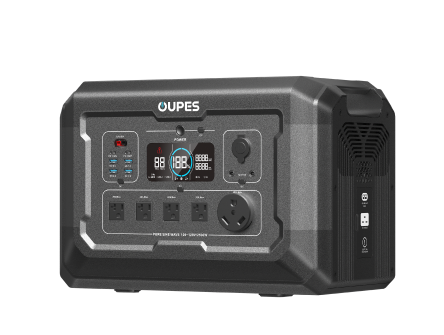
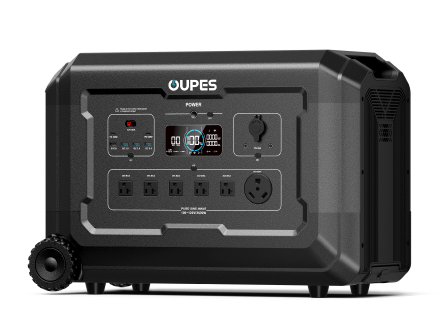
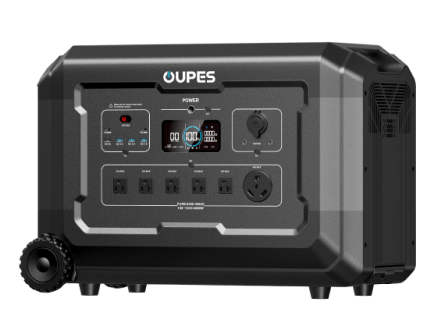
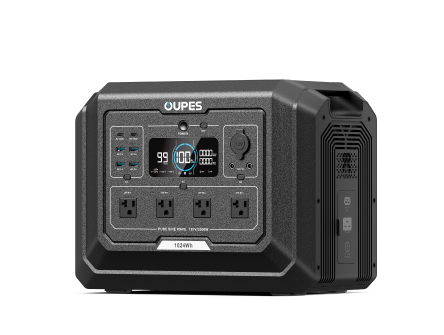

























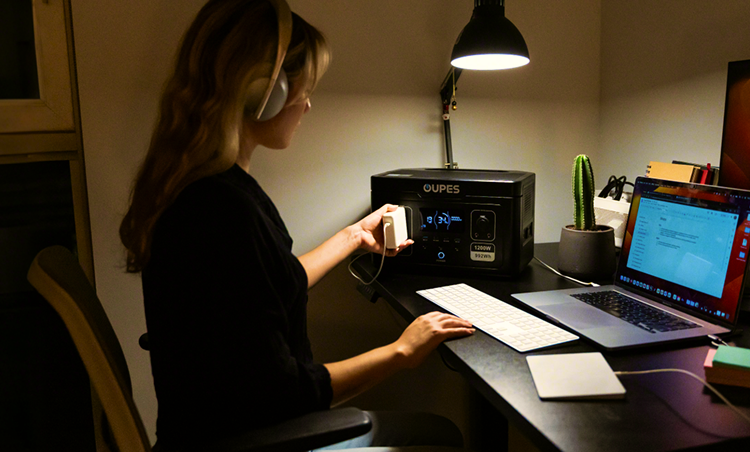
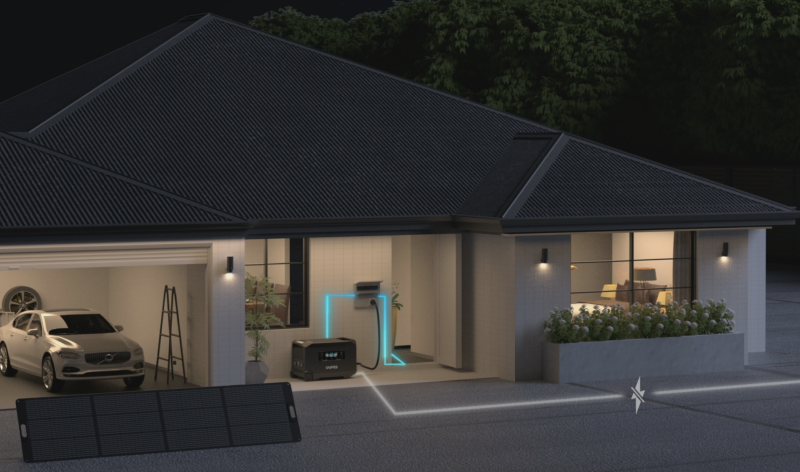
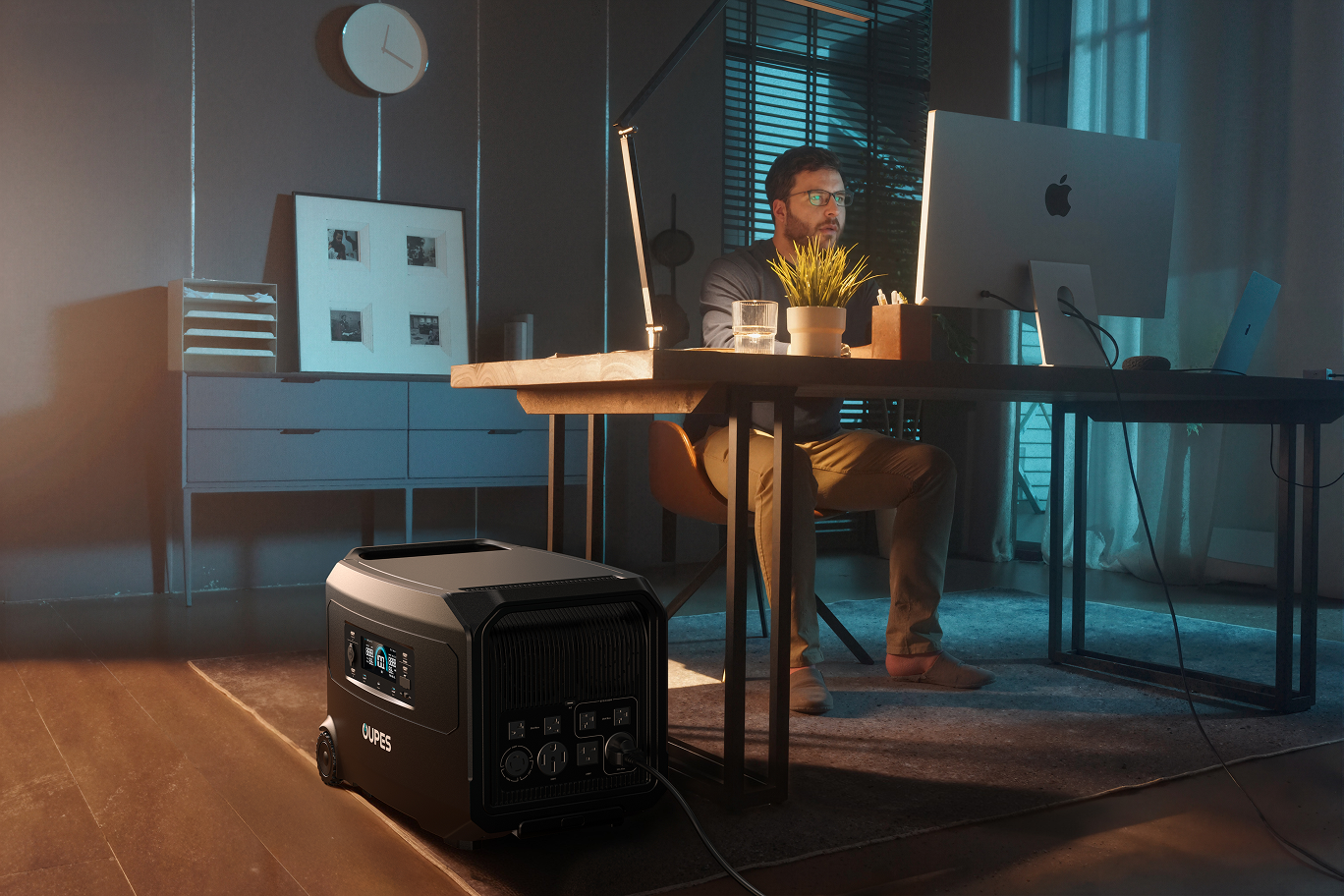
Leave a comment
This site is protected by hCaptcha and the hCaptcha Privacy Policy and Terms of Service apply.